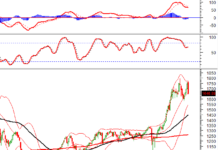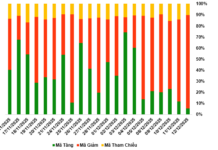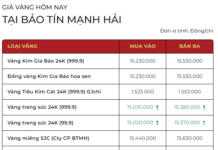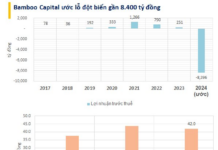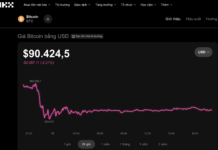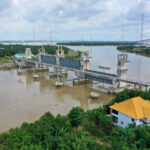From a humble beginning in 1974, when the combined economies of North and South Vietnam amounted to less than USD 22 billion, the country’s GDP grew at an average rate of only 1.4% from 1976 to 1980. By 2023, the GDP had reached USD 430 billion, with an impressive growth rate of 5.05%. The first quarter of 2024 saw the economy expand by 5.66%.
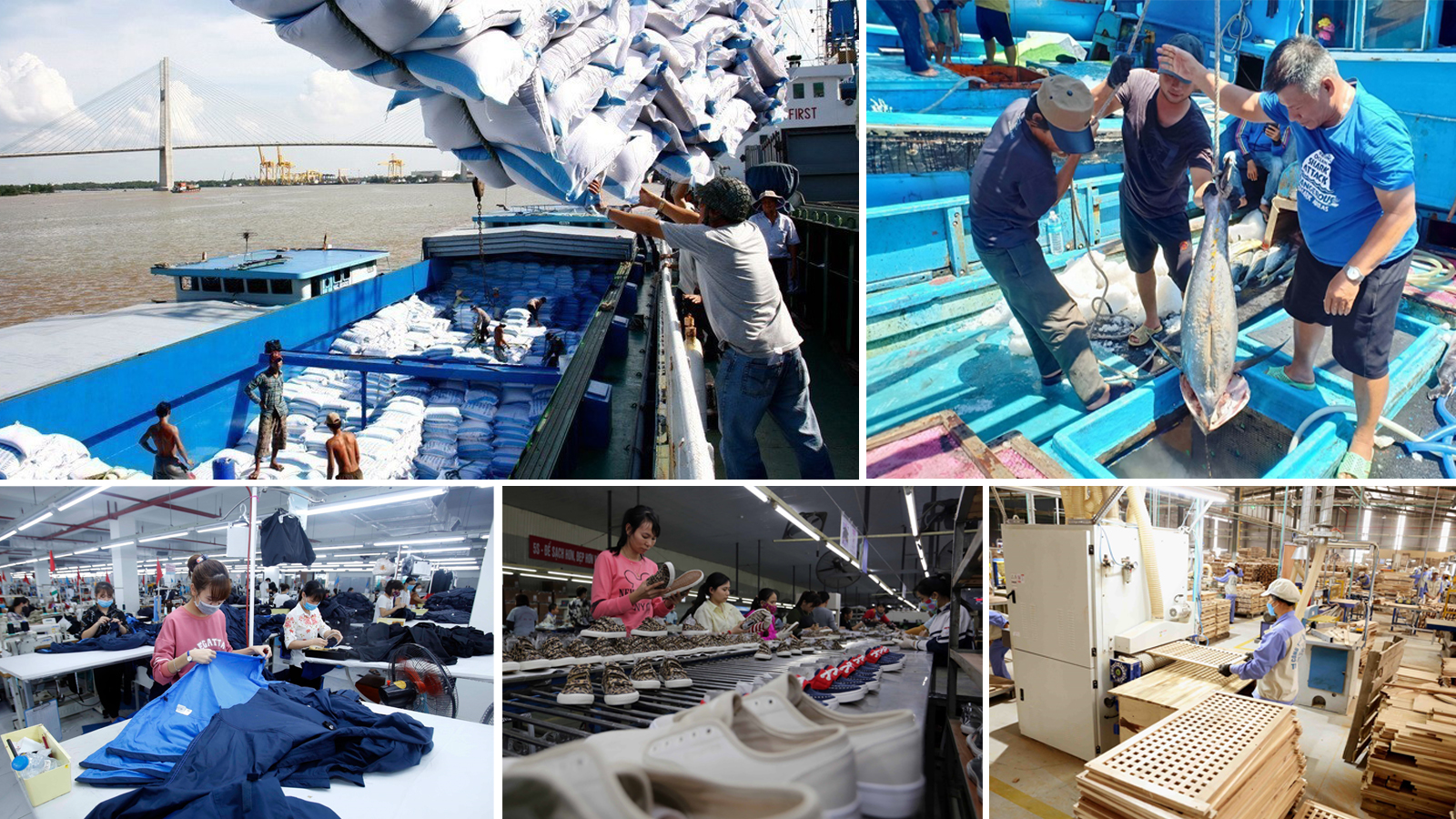
Vietnam is recognized as a top export growth performer in the region in 2023. Photo: TTXVN
Journey towards the 20th largest economy in the world
Starting from a war-ravaged nation in 1975, Vietnam’s economy was underdeveloped, heavily reliant on foreign aid and agriculture. Foreign loans and aid accounted for more than 63% of the national budget.
During 1976-1980, GDP growth reached only 1.4%, with a negative growth rate of 1% in 1980. In the same year, the country imported 1.57 million tons of food.
The implementation of the 1976-1980 five-year economic plan faced significant challenges. Aid from socialist countries declined sharply, and China completely halted its assistance to Vietnam in 1977.
The two border wars in the South and North in 1979 led to a surge in defense spending while foreign aid was suspended.
In response, the Party and the Government began to introduce policy changes in economic management.
In September 1979, the 6th session of the 4th Central Committee of the Party adopted Resolution 20-NQ/TW, which allowed for the combination of the planned economy with market mechanisms; the re-introduction of private economy, including private capital, under the management of the State. This was considered the first step of a breakthrough in economic thinking and ideology.
Subsequently, the 9th Central Conference of the 4th Party Congress (December 1980) decided to expand the implementation and refinement of the product contract system in agriculture. On January 13, 1981, the Central Secretariat of the Party issued Directive 100-CT/TW on Improving the Contract System, extending “product contracts to labor groups and individuals” in agricultural cooperatives. This directive allowed the application of the contract system throughout the country’s entire agricultural sector, known as Contract 100.
From 1981 onwards, Vietnam’s economy began to improve. Food production increased significantly, industrial output grew steadily, and the trade deficit was reduced.
However, by the end of 1985 and into 1986, the price-wage-money reform plan failed due to a patchwork of reforms and the old model, leading to severe consequences. On the other hand, this crisis made the Party and the Government realize that any reform had to be comprehensive.
The 6th National Party Congress (December 1986) introduced historical reform policies, shifting from a centrally planned, subsidized economy to a multi-sectoral commodity economy operating according to market mechanisms, managed by the State, and guided by socialism.
During 1986-2000, the average annual growth rate of gross domestic product was 6.51%. The economic structure gradually shifted towards industrialization and modernization.
The period from 2001 to the present has witnessed Vietnam’s strong economic development and deep international integration. GDP in 2019 was 12.5 times higher than in 2001. The average annual GDP growth rate during 2001-2010 reached 7.26%.
Since 2008, Vietnam has graduated from the Low-Income Group to the Lower Middle-Income Group. In 2019, GDP per capita reached USD 2,715, 15 times higher than in 1990. Vietnam’s overall poverty rate, calculated according to the World Bank (WB) methodology, stood at 28.9% in 2002, and had reduced to 6.7% by 2018.
In 2019, Vietnam ranked 8th in the world and 2nd in ASEAN in terms of GDP growth rate, was among the top 30 countries with the highest export-import growth, and had the 22nd largest export economy worldwide.
By 2023, according to the General Statistics Office, the GDP at current prices reached over 10,221 trillion VND, equivalent to 430 billion USD. This placed Vietnam’s economy 34th in the world, based on the rankings by the Centre for Economics and Business Research (CEBR) in the UK.
If calculated by GDP PPP (GDP at purchasing power parity), Vietnam’s economic achievements are even more impressive.
The International Monetary Fund (IMF) reported that in 2023, Vietnam ranked 3rd in Southeast Asia with a GDP PPP of approximately USD 1,438 billion, after Indonesia (USD 4,391 billion) and Thailand (USD 1,563 billion), and 25th in the world. This means that Vietnam’s GDP PPP has surpassed the Netherlands and Switzerland.
By 2026, Vietnam’s GDP PPP is projected to reach approximately USD 1,833 billion, surpassing Thailand and ranking 2nd in Southeast Asia, after Indonesia.
Furthermore, by 2029, Vietnam’s GDP PPP is forecasted to reach USD 2,343 billion, surpassing Australia and Poland, and ranking 20th in the world.
“The Citadel of the Fatherland” in economic development
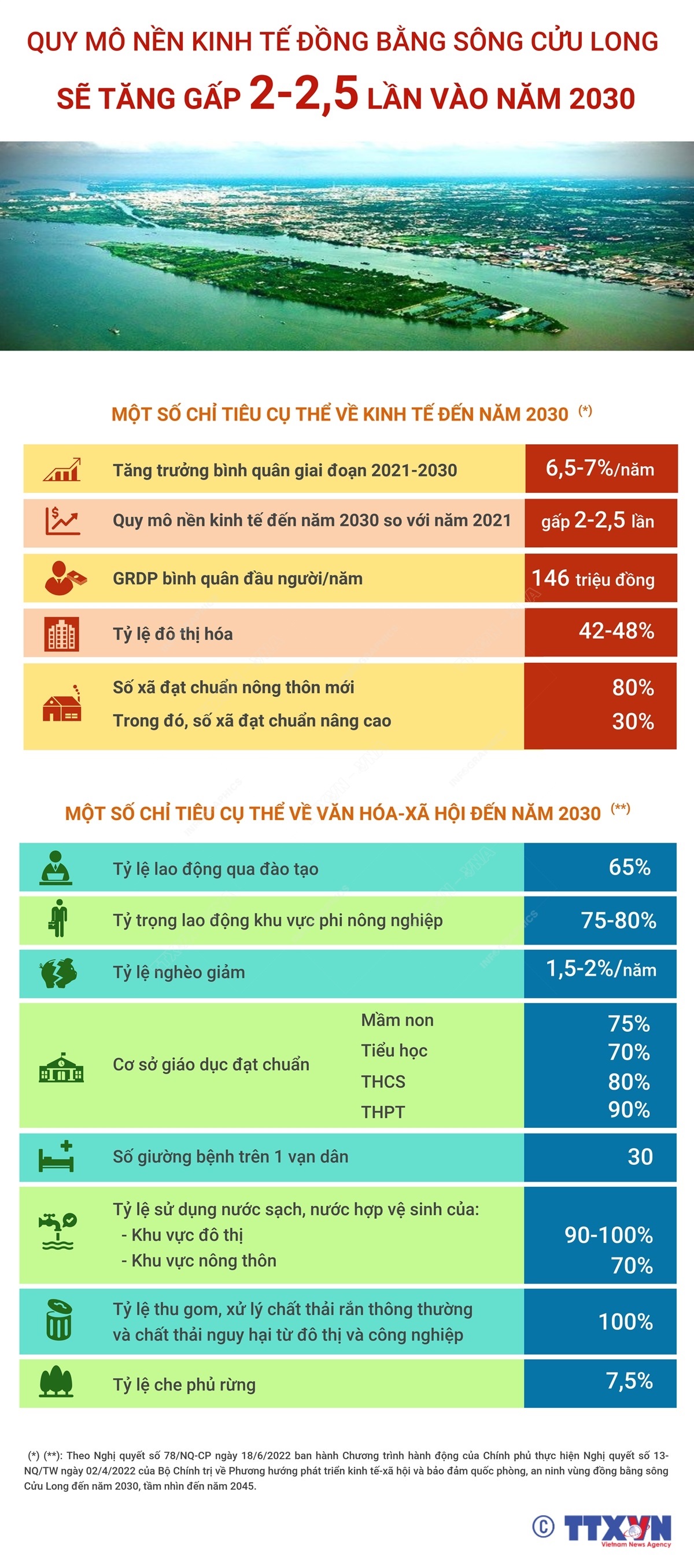
Southern Vietnam, particularly the Mekong Delta provinces, was referred to by President Ho Chi Minh as “The Citadel of the Fatherland” and an area that “goes before and follows after” in the fight against the Americans and for national reunification. After the war ended, this southernmost land possessed the necessary ingredients to become one of the country’s key economic centers.
However, the Mekong Delta still has many untapped opportunities compared to its potential and advantages. To address the infrastructure bottlenecks, the Ministry of Transport has rolled out a plan for transport infrastructure development in the Mekong Delta for the 2021-2025 period. This plan also aims to implement Decision 287/QD-TTg dated February 28, 2022 by the Prime Minister, approving the Planning for the Mekong Delta Region for 2021-2030, with a vision to 2050.
Central government investment in the region has increased to 86,000 billion VND, representing 22% of the national investment and a 2.6-fold increase compared to the 2016-2020 period. Investment in the expressway system alone has reached 42,647 billion VND, accounting for 20% of expressway investment nationwide and 14 times higher than the 2016-2020 period.
2023 marks the year when several new expressway projects are scheduled to commence, including the 111km Can Tho-Ca Mau route and the 188km Chau Doc-Can Tho-Soc Trang cross-regional expressway.
The My An-Cao Lanh and Cao Lanh-An Huu cross-routes will start construction in 2024. The Ho Chi Minh City-Trung Luong and Trung Luong-My Thuan routes are currently being expanded.
The Rach Mieu 2 Bridge project, connecting Tien Giang and Ben Tre with the Mekong Delta provinces, is underway and is expected to be completed in 2026. The My Thuan 2 Bridge project (expressway bridge) was completed, along with the My Thuan-Can Tho Expressway, at the end of 2023.
The Dai Ngai Bridge project spanning the Hau River, connecting



